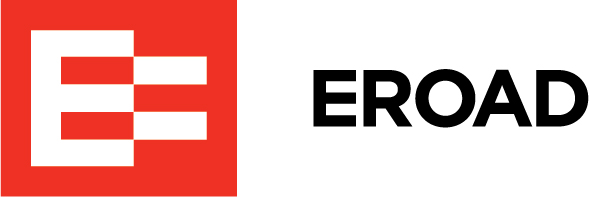What is an Electronic Logging Device (ELD)?
ELD stands for electronic logging device. An ELD connects to the engine of a commercial motor vehicle (CMV) and automatically records driving time and ensure integrity of the driver’s record of duty status (RODS) and compliance with hours-of-service (HOS) rules.
ELD providers, at a minimum, self-certify that their devices meet the technical requirements found in the Code of Federal Regulations (Title 49, Part 395, Subpart B) and register them with the Federal Motor Carrier Safety Administration (FMCSA). Some ELD providers, like EROAD, have their devices independently verified to provide more confidence that users of their ELDs are following regulations.
ELDs use a variety of technologies, such as GPS, wireless and satellite communications and cloud-based data storage services to track HOS compliance. They have also become integral to overall fleet management, providing motor carriers with a vast amount of data useful for coaching drivers as well as tax and fuel management.
Keep reading for more ELD information, including:
- What the ELD mandate is
- Why ELDs are required
- Who must use ELDs
- How ELDs work
- Self-certification vs independent certification
- ELD benefits
- Important ELD features
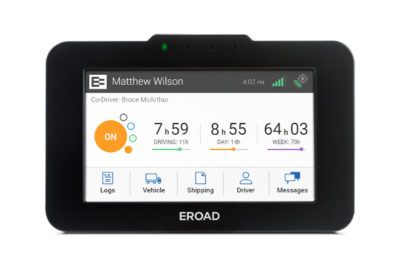
A brief history of CMV Driver Safety Regulations leading to the ELD
The first Hours of Service laws impacting truck and bus drivers hit the books back in 1937 and those original laws are still reflected in today’s HOS laws. In 2000, the US Department of Transportation created the Federal Motor Carrier Safety Administration (FMCSA) pursuant to the Motor Carrier Safety Improvement Act of 1999 (49 U.S.C. 113). Formerly a part of the Federal Highway Administration, the Federal Motor Carrier Safety Administration’s primary mission is to prevent commercial motor vehicle-related fatalities and injuries.
What is the ELD Mandate?
The FMCSA published the Final Rule on ELDs in the Dec. 16, 2015, Federal Register. Before that, automatic on-board recording devices (AOBRDs) had been in use starting in the mid-1980’s. Those devices were required to connect to the engine to record engine hours, speed, mileage and time. ELDs, however, must meet more rigorous technical specifications defined by the FMCSA.
All interstate CMV drivers were subject to comply with the ELD mandate and had to transition from paper logbooks to ELDs by December 2017. AOBRD users were grandfathered in for an additional two years and, finally, every driver was required to use a compliant ELD by December 2019.
Related: 3 ELD Mistakes to Avoid
Why are ELDs required?
From the FMCSA Final Rule on ELDs: “The use of ELDs was intended to make it easier for drivers to accurately capture their duty status and make it more difficult for individuals who currently do not routinely achieve high levels of compliance with the HOS rules to produce inaccurate records. The ELD will provide increased transparency and a record that is created automatically of some data elements, as well as a record of any human authorship and editing.”
Who must use ELDs?
The ELD mandate applies to interstate motor carriers and commercial drivers who are required to maintain RODs. Among them are:
- Vehicles with placarded hazmat loads
- Vehicles weighing more than 10,001 pounds
- Vehicles that carry more than 8 to 15 passengers (determined by vehicle class) for compensation
Intrastate CMV drivers may also be subject to the ELD mandate. Depending on the state’s timetable for adoption of the federal regulations, an intrastate CMV driver may have longer to adopt and implement an ELD. For example, Texas intrastate carriers had until December 16, 2019 to adopt ELDs.
How do ELDs work?
Electronic logging devices automatically record driving time, engine data, miles driven and vehicle movement via a hardwired connection with a commercial vehicle’s engine. An in-cab touchscreen device lets drivers view information, annotate or edit their logs and easily display their RODS during roadside inspections.
ELDs show drivers simple graphics (which look similar to paper logbooks) displaying their RODS, so they can check their daily HOS at a glance. The mandate required that ELD data is displayed in a standardized format and transmitted to an inspector via Bluetooth or USB (the “local connection option”) or wireless webservices or email (the “telematics option). In addition to being used in roadside inspections, ELD data is reviewed during DOT compliance audits.
Self-certified ELDs vs independently verified ELDs
ELD manufacturers are required to self-certify that their devices meet the FMCSA’s technical standards. These devices are listed on the agency’s registry.
While the mandate doesn’t require independent verification of ELDs, some suppliers work with third-party companies to certify their technologies, providing their ELD users with additional peace of mind that their device meets FMCSA requirements for compliance. EROAD, for example, partnered with PIT Group, and leading testing organization in the trucking industry.
ELD benefits beyond compliance and safety
The core use of ELDs is to log drivers’ records of duty status and ensure HOS compliance and by doing that, improving road safety. However, for many motor carriers, ELDs have become the backbone of fleet management. ELDs provide a host of insights that can help carriers improve on-time performance, cut fuel consumption, improve driver performance, streamline delivers and cut operating costs overall.
Administrative Cost Cutting
ELD systems like EROAD’s can significantly reduce costs associated with paperwork and other administrative tasks. The FMCSA’s 2014 Regulatory Impact Analysis for ELDs estimates the following annual savings per driver (adjusted for inflation):
- $560 – driver filing RODS
- $138 – clerk filing RODS
- $64 – driver submitting RODS
- $48 – elimination of paper logbooks
Insurance Savings
Another cost savings associated with ELDs is the ability to negotiate lower insurance rates. Acting on ELD data to reduce drivers’ risky behavior on the road can help improve a carrier’s Compliance, Safety, Accountability (CSA) score, which are factored into insurance rates.
A FMCSA report found that commercial drivers using electronic logs reduced their total crash rate by 11.7% and lowered their preventable crash rate 5.1% compared to drivers in trucks not equipped with electronic logs. Sharing ELD data that shows a carrier’s record of safe operations at the driver level can help reduce insurance premiums.
Finally, ELD compliance can protect commercial drivers and the general public while helping fleets avoid financial losses associated with accidents and legal claims.
Efficiency Improvements
What are the most important ELD features?
Cellular Connectivity
Many ELD solutions use a single wireless carrier and can be subject to coverage gaps that affect real-time use of the system for dispatch and operations.
EROAD’s ELD connects to multiple wireless carriers for optimal network reliability and continues to capture data even when out of cellular data range.
Engine Connectivity
Bluetooth connections can be fragile and problematic in the cab, causing delays for drivers and problems at roadside inspections.
EROAD’s ELD is hard-wired and tethered to a truck’s ECM and provides consistent, reliable data
Ease of use in the cab
Recording and reporting features
EROAD’s ELD helps drives easily navigate their RODS to display and transfer data during inspections.
The EROAD ELD difference
EROAD makes complying with the ELD mandate simple.
With a driver-friendly, independently verified ELD, secure web portal, training support and ongoing customer support, EROAD is committed to ensuring that you experience all the benefits that an ELD has to offer and avoiding the headaches that come with inferior options.
Capture data automatically and get real-time notifications and reports – all from a single convenient platform – while staying compliant.
Want to run a safer, more efficient fleet? CONTACT EROAD TODAY to learn more about our ELD solution.
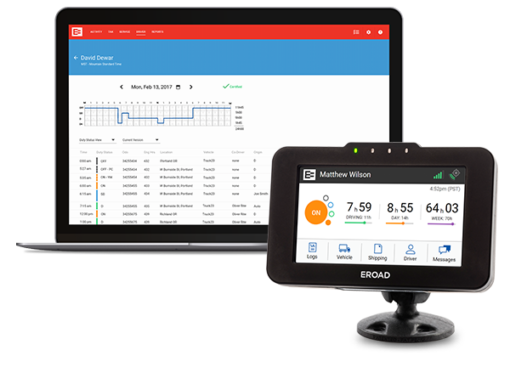
Recommended resources
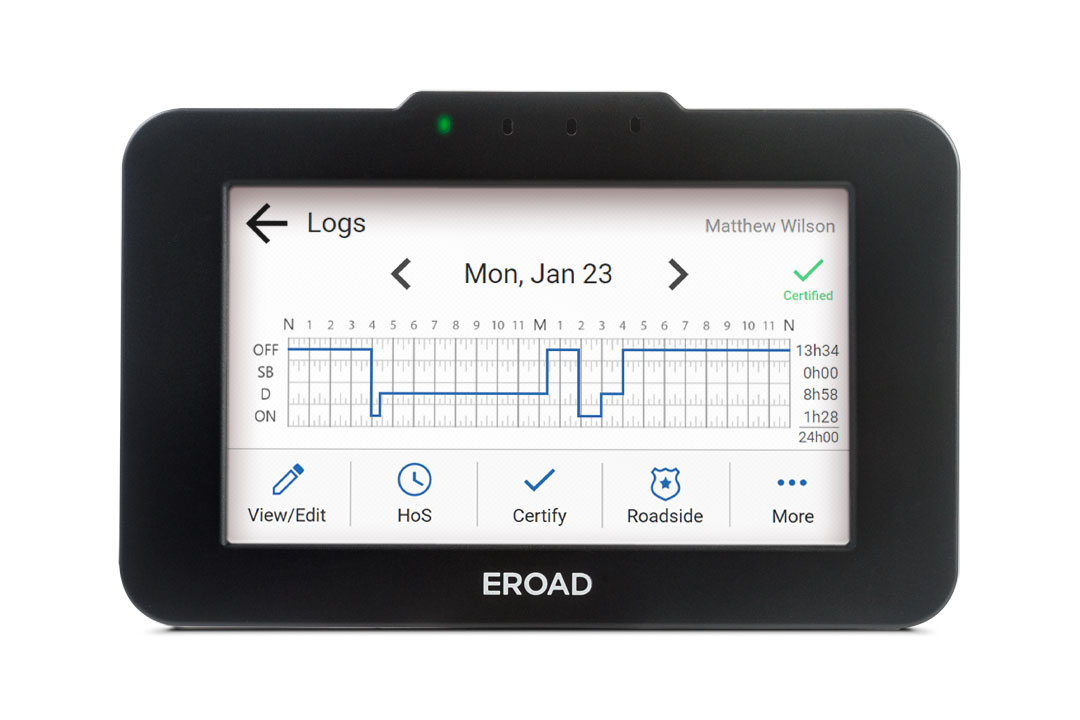
SOLUTIONS: EROAD’s ELD
Designed from the ground up with the driver in mind, EROAD’s ELD sets the standard for compliance and ease of use.
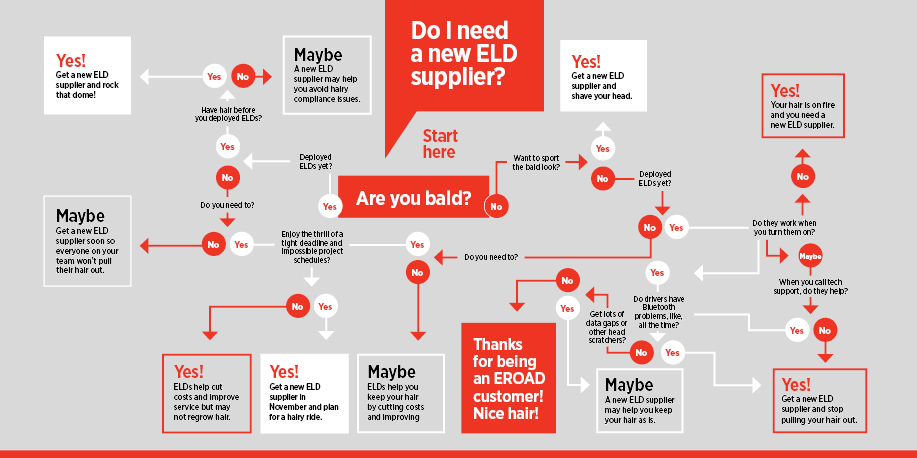
RESOURCES: Best ELD Resources
Better ELD = Better Compliance. Find additional ELD resources here.
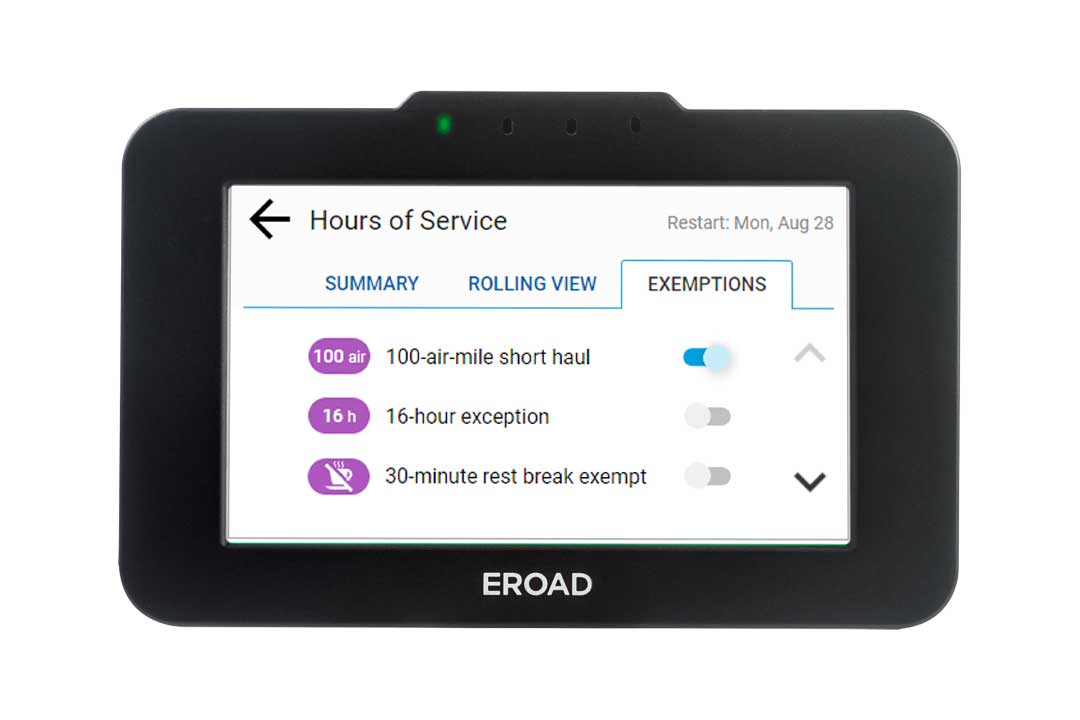
PRODUCT SHEET: EROAD ELD
EROAD’s ELD puts everything you need is at your fingertips. See the features and benefits here.

